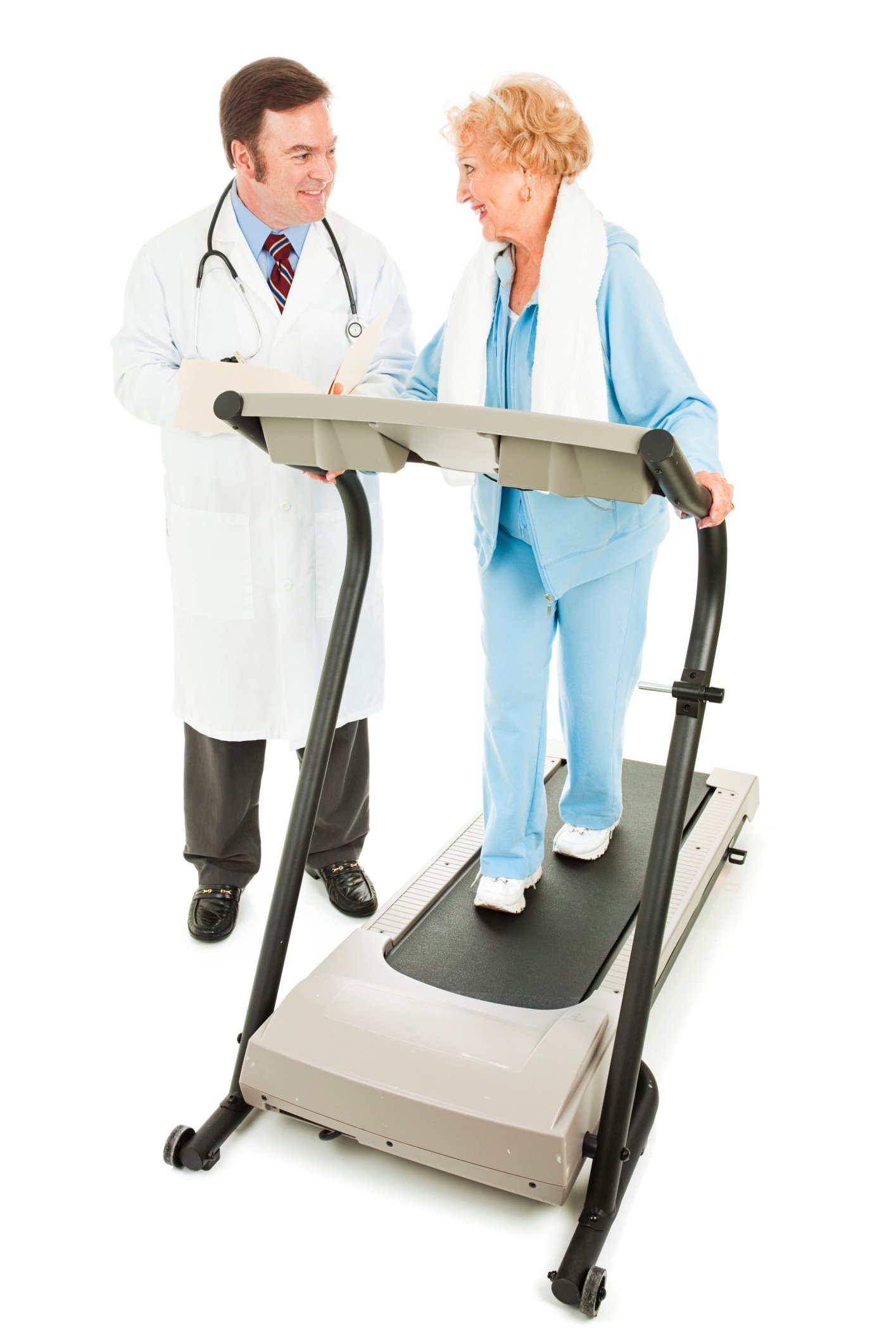If you follow our blog, you’ve no doubt figured out that we’re big fans of data. Our staff aren’t statisticians, but they do regularly measure the impact of their programming to better understand what’s working and why. They also do quite a bit of work gathering data with and for the individuals they serve; most commonly that information is gathered through a fitness evaluation.
Testing Senior Fitness
For our senior living clients, the Senior Fitness Test is the traditional tool we use. It includes assessments like a chair stand, a chair sit-and-reach, and a two-minute step test. (If you want a little bit deeper dive on assessments with older adults, read this article.)
It’s a quality series of tests that have been validated in the scientific literature, and the individual tests are safe to use on participants with a broad range of abilities. And it helps our staff set benchmarks with participants on their physical fitness. Sometimes it offers red flags that trigger a referral to therapy, but more often than not, it’s simply a starting point for the participant, and it offers an opportunity to establish fitness goals in connection with a personalized exercise program.
But many communities don’t have the benefit of a trained exercise specialist onsite, like NIFS staff, who can do that follow up with participants. Additionally, some equipment is required to perform the tests. Where budgets are a challenge, the equipment may not make it into the budget.
The Walking Speed Study
As it turns out, there may be another very simple way to look at assessments. Of course, the tests you give depend on what you want to measure, but if you’re looking for a way to measure longevity in your residents, a walking test may be all that’s needed. According to this study, walking speed may be a good predictor of life span across categories of age, race, and height, but it was found to be particularly useful at determining life expectancy for individuals who were functionally independent and who were older than age 75.
The study specifically looked at nine studies between 1986 and 2000 assessing community-dwelling adults age 65 or older. All participants had baseline gait speed data and were followed for 6 to 21 years. In clinical applications from this study, physicians working with older adults on treatment plans could use results of a simple walking-speed test to determine best course of treatment. But there are applications in your community setting as well.
Walking is a simple activity for most of us, but it requires the use of energy and the coordination of multiple systems within the body. Decreased mobility–gait speed–may be an indicator of a decline in those various systems and an overall decline in vitality for the individual. Thus, tracking changes in gait speed over time for your residents could allow your multidisciplinary team of community professionals to intervene as you start to track a decline for a particular resident.
You can download a simple toolkit for measuring gait speed here. With nothing more than a marked-off area, a stopwatch, and some math, you can be on your way to assessing your residents’ longevity.
If you’re looking for more than a simple gait assessment to help your residents improve their fitness level, download our quick read below to see why senior living communities across the U.S. are partnering with NIFS to manage their fitness centers.

